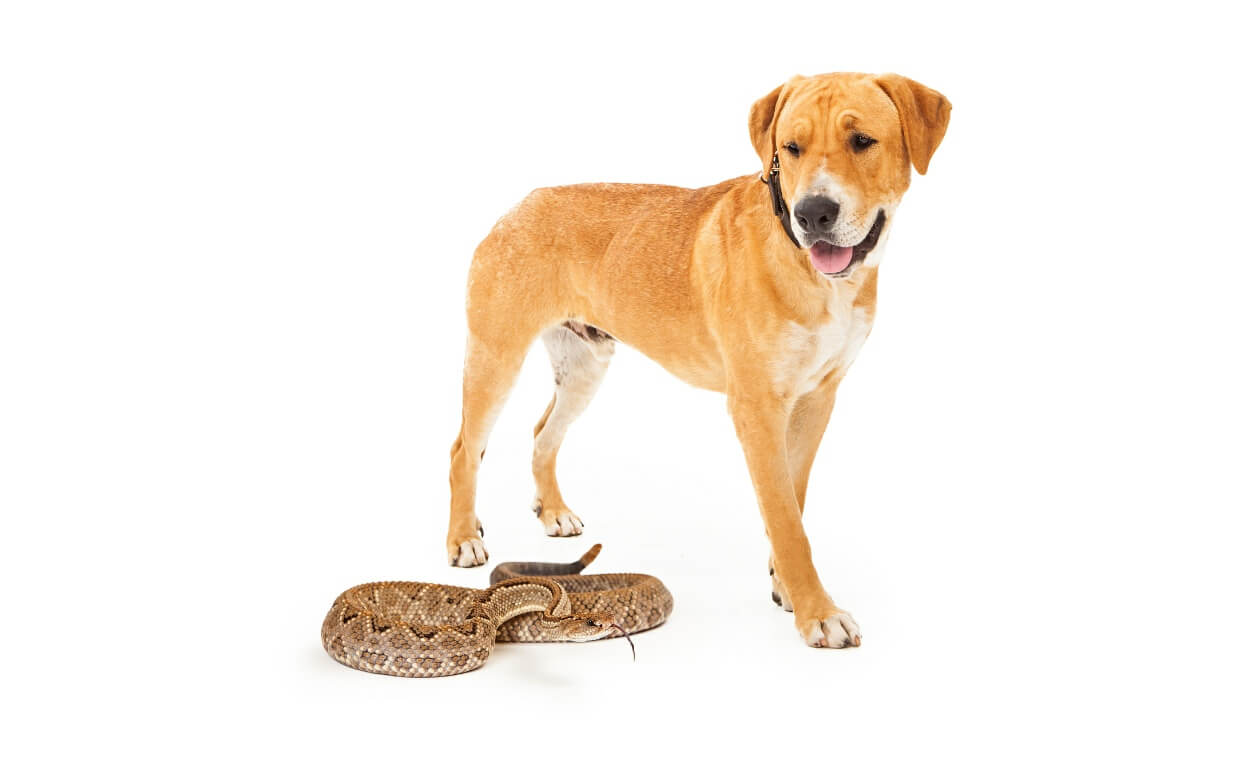
Colorado is a beautiful state with an abundance of outdoor activities to enjoy with your furry family member. However, the state is also home to venomous snakes, including the rattlesnake. If you’re planning to explore the great outdoors with your dog in Colorado, it’s important to take precautions to protect him or her from snake bites.
Understanding Venomous Snakes
The first step in protecting your dog from venomous snakes is understanding the snakes themselves. There are nearly 30 different species of snakes in Colorado, each with their own unique characteristics and behaviors.
Despite their somewhat spine-chilling appearance, most of the snakes in Colorado are harmless. Even the ones most dangerous to humans are more interested in small rodents, insects, frogs, worms, and lizards than humans. Unless they feel threatened or startled, they are most likely to just slither away if you encounter one in the wild.
In Colorado, there are three species of venomous snakes.
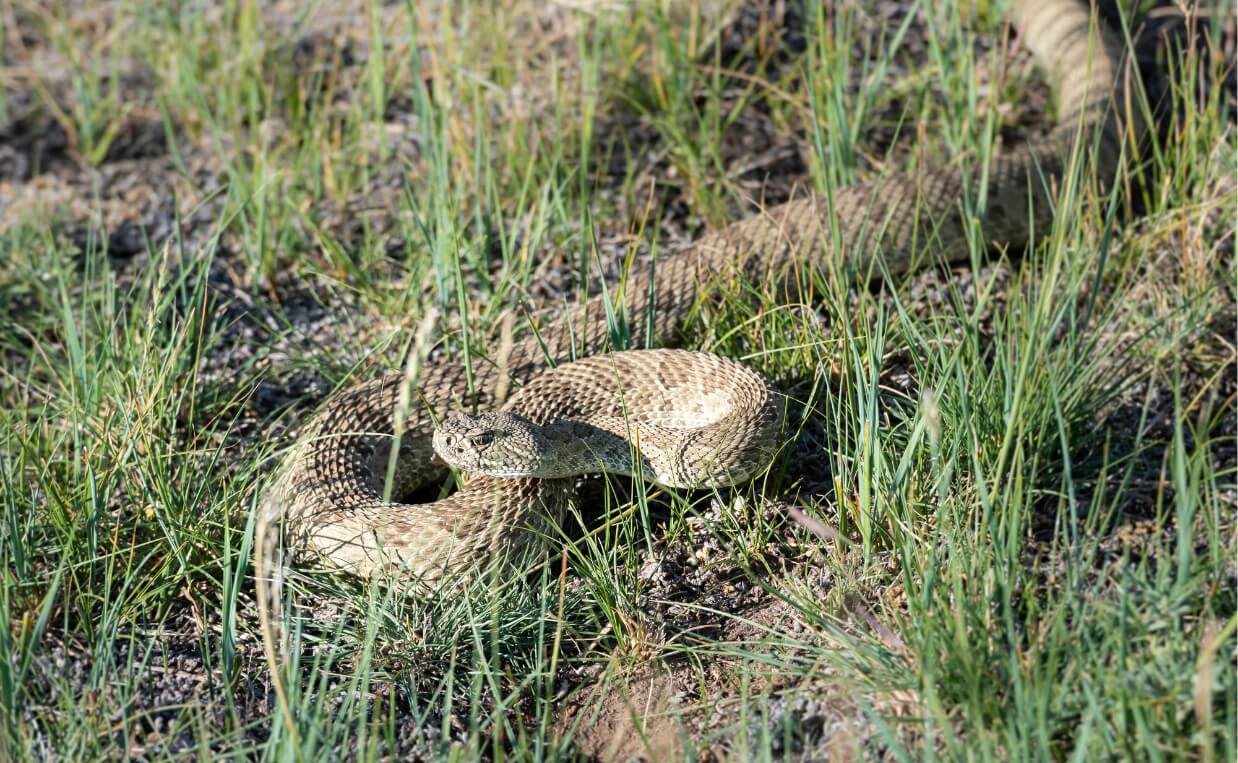
-
Prairie rattlesnake
The prairie rattlesnakes is the most common venomous snake in Colorado. They like to inhabit grasslands and shrublands, but they can be found almost everywhere throughout the state except at the highest elevations.
-
Massasauga rattlesnake
There are two types of massasauga in Colorado: the western massasauga and the desert massasauga. Most of the massasauga in the state are of the western variety. These snakes are far less widespread than the prairie rattles, residing in only the dry areas of southeastern Colorado.
-
Midget faded rattlesnake
Even though the midget faded rattlesnake is one of the smallest species of a rattlesnake, they are still a little bit longer than the massasauga. These snakes are protected by the State of Colorado because this species is in decline. They can usually be found in the western part of the state and are usually found near the Green and Colorado Rivers.
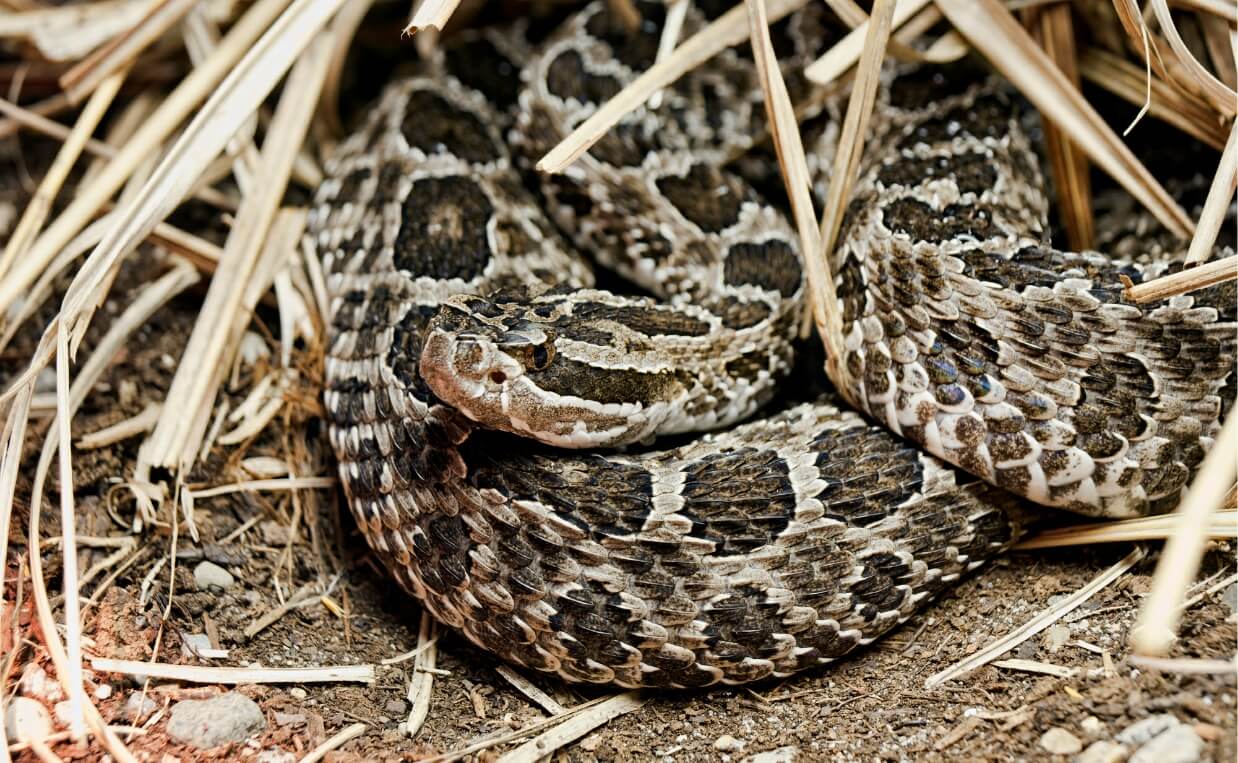
Consider the Canine Rattlesnake Vaccine
A rattlesnake vaccine licensed for use in animals was approved by the USDA in October 2004. The rattlesnake vaccine works by stimulating the dog’s immune system to produce antibodies against snake venom, and it helps lessen the reaction a dog may have to a snakebite.
The canine rattlesnake vaccine is recommended for dogs living in “high-risk” areas where rattlesnakes are prevalent or accompany their owners on hikes, camping trips, hunting excursions, or are in any way at risk of coming in contact with a rattlesnake.
Dogs need to be inoculated at least 30 days before any potential exposure to rattlesnakes and dogs will need a booster shot every six months thereafter.
There are 3 benefits to receiving of the rattlesnake vaccine.
-
Gives you more time to get your dog to a veterinarian
If your dog is bitten, the vaccine will give you more time to get your dog to the vet before the bite becomes lethal.
-
Reduces pain and swelling
In the event your dog is bitten by a rattlesnake, he or she will experience less pain, swelling and skin-sloughing at the bite site. Even if there is swelling, vaccinated dogs will normally see swelling subside within 20 minutes of the bite.
-
Cross protection to other snake bites
Dogs who obtain the rattlesnake vaccine receive cross protection to multiple species of rattlesnakes as well as Copperheads, the venom of the Western Diamondback, the Western rattler, North and South Pacific rattler, Prairie rattler, Great Basis rattler, Pygmy rattlers, Massasaugas, Sidewinders, and Timber rattlers.
It’s important dog parents understand the rattlesnake vaccine is not 100% effective. Even if a vaccinated dog is bitten, the situation should be treated as an emergency and the dog seen by a veterinarian as soon as possible. Most vaccinated dogs will need a dose of antivenin after being bit.
Please talk to your veterinarian if you are interested in a rattlesnake vaccine for your dog.
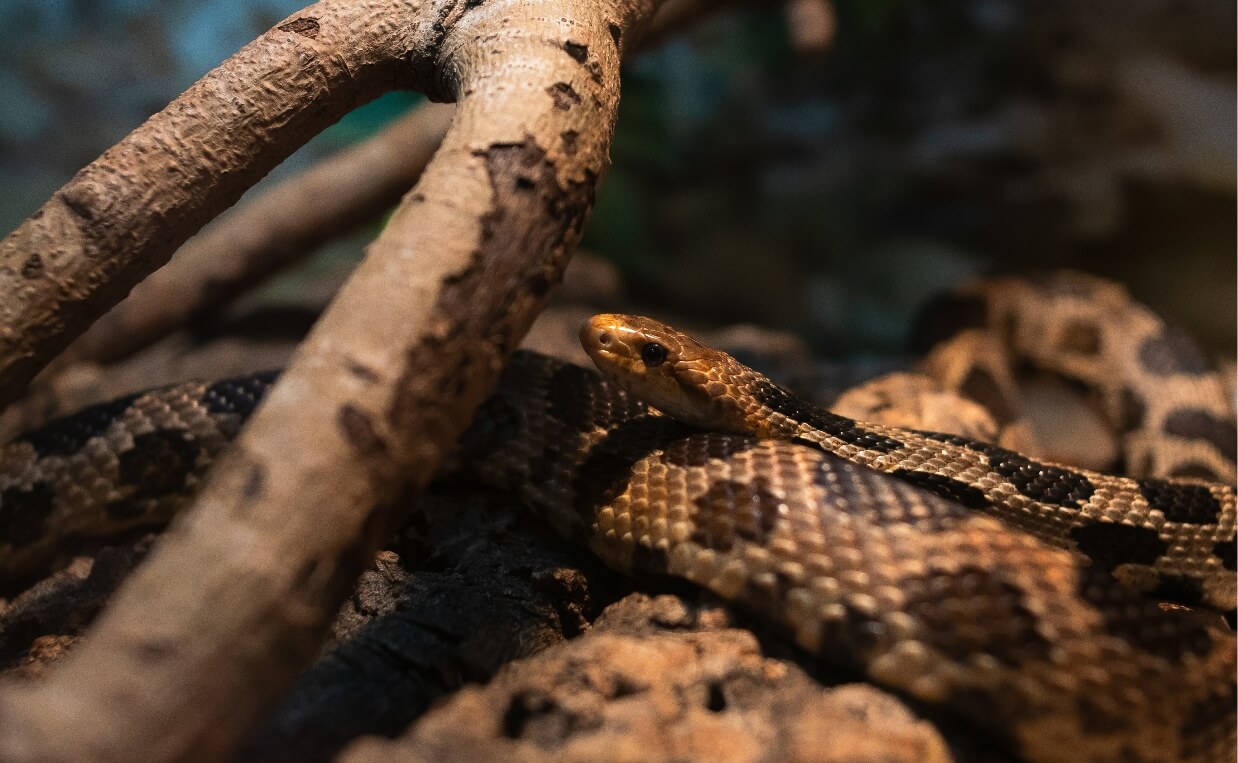
How to Protect Your Dog from Venomous Snakes
Now that you understand the types of venomous snakes in Colorado, it’s time to learn how to protect your dog from getting bitten. Here are some tips to help keep your dog safe.
1. Know the area
Before you embark on any outdoor adventure with your dog in Colorado, research the area to see if there are any known venomous snakes in the region. Snakes are most commonly found in areas with rocky terrain, such as canyons, hills, and mountains. They are also attracted to water sources, such as rivers and lakes. Be aware of your surroundings and avoid areas where snakes are likely to be found, such as tall grass or rocky crevices.
2. Keep your dog on a leash
Keeping your dog on a leash is an important step in protecting them from snake bites. A leash will help you keep your dog close and under control, so they don’t accidentally stumble upon a snake. In Colorado, it’s also required by law to keep your dog on a leash in most public areas, so be sure to follow the rules and keep your dog on a leash at all times.
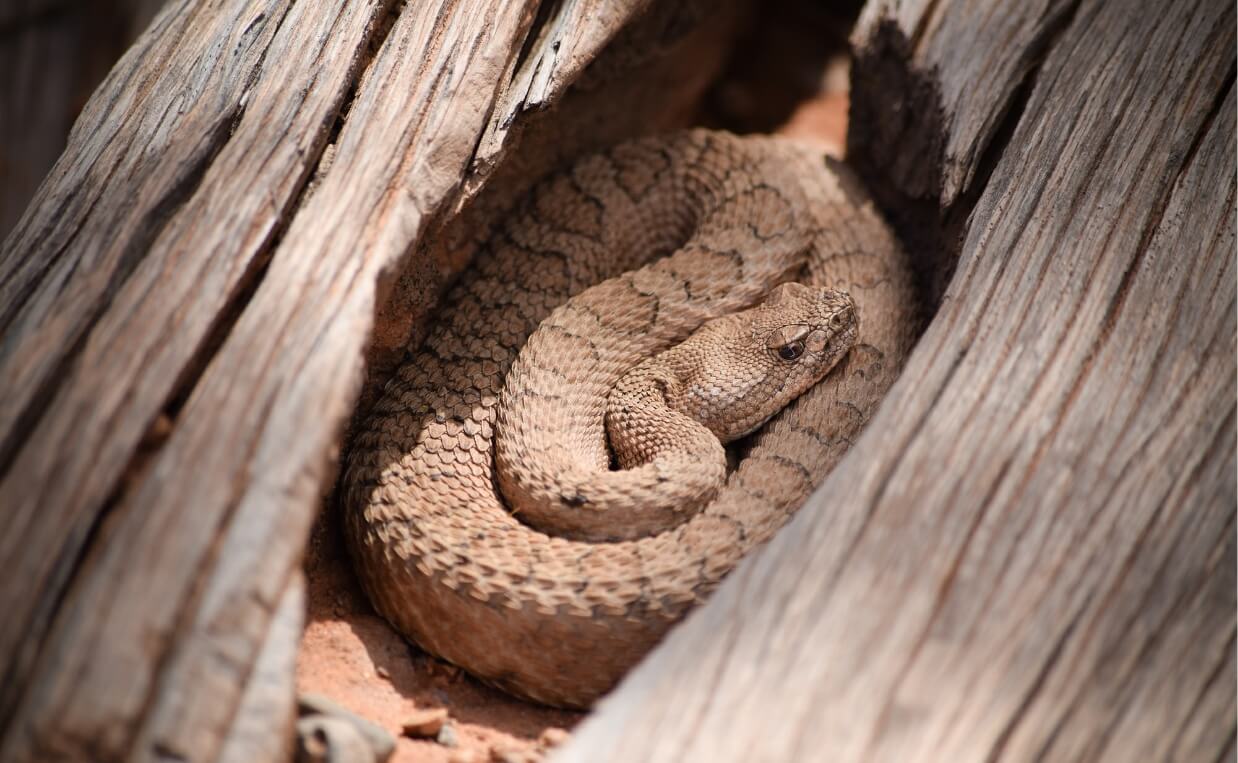
3. Train your dog to avoid snakes
Training your dog to avoid snakes is an important step in protecting them from snake bites. You can do this by using positive reinforcement techniques, such as rewarding your dog when they walk away from a snake. You can also use a command such as “leave it” or “no” to redirect your dog’s attention away from the snake. If you’re not confident in your ability to train your dog, consider hiring a professional dog trainer to help.
4. Use snake-proof boots
If you plan on hiking in areas where snakes are known to be present, consider investing in snake-proof boots for both you and your dog. These boots are designed to protect your feet and your dog’s paws from snake bites. They are made from materials that are puncture-resistant, such as thick leather or Kevlar. Be sure to choose boots that fit your dog properly and provide adequate protection.
5. Use snake repellent
There are several types of snake repellents available on the market that can help deter snakes from approaching. These repellents are usually made from natural ingredients, such as cinnamon or clove oil, and can be sprayed in areas where snakes are likely to be found. Keep in mind that snake repellents are not 100% effective and should be used in conjunction with other precautions, such as keeping your dog on a leash and training them to avoid snakes.
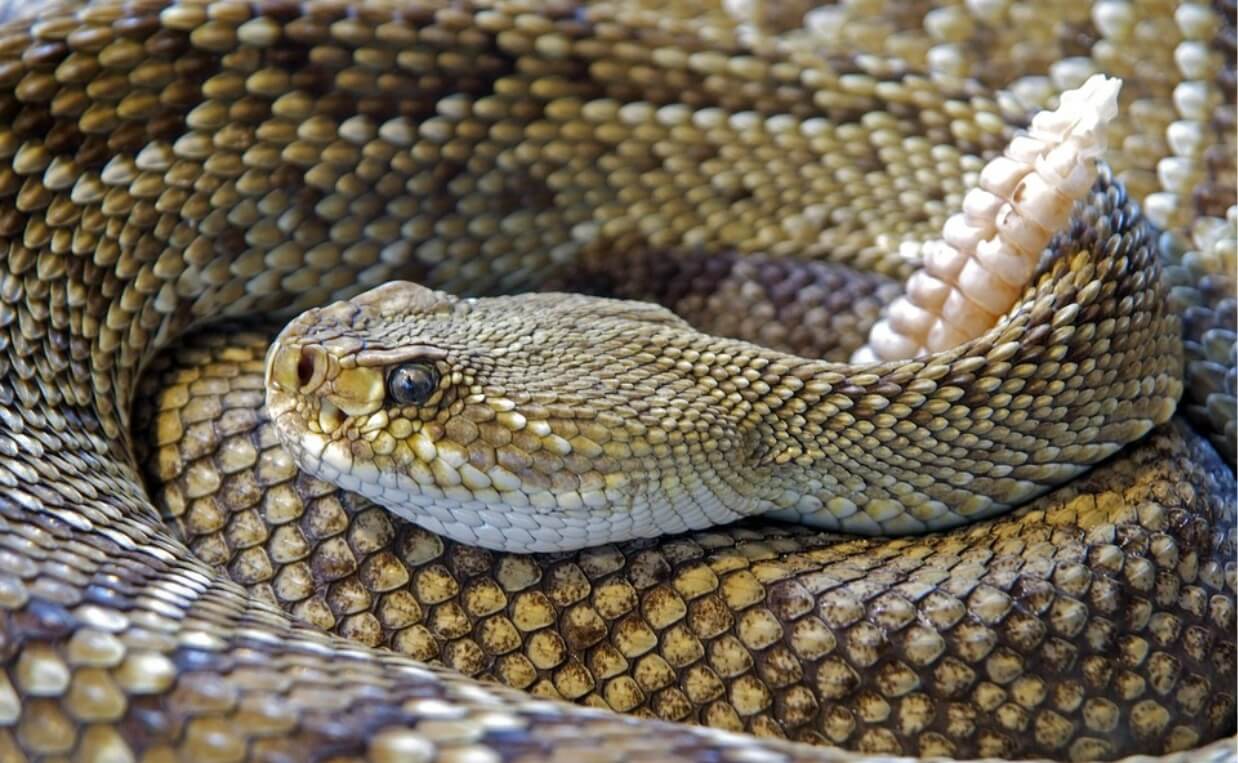
6. Stay on designated trails
When hiking with your dog in Colorado, it’s important to stay on designated trails. These trails are typically well-maintained and less likely to have snakes hiding in tall grass or rocky areas. Avoid wandering off the trail and keep your dog close to you at all times.
7. Stay vigilant
When you’re spending time in nature with your dog, it’s important to be aware of your surroundings. Keep an eye out for any signs of snakes, such as rustling leaves or a distinctive rattling sound. If you see a snake, calmly and quickly move away from it with your dog on a short leash. Do not attempt to pick up or handle the snake, as this can result in a bite.
8. Know the signs of a snake bite
Even with all the precautions in place, it’s still possible for your dog to get bitten by a venomous snake. Knowing the signs of a snake bite can help you respond quickly and get your dog the medical attention they need.
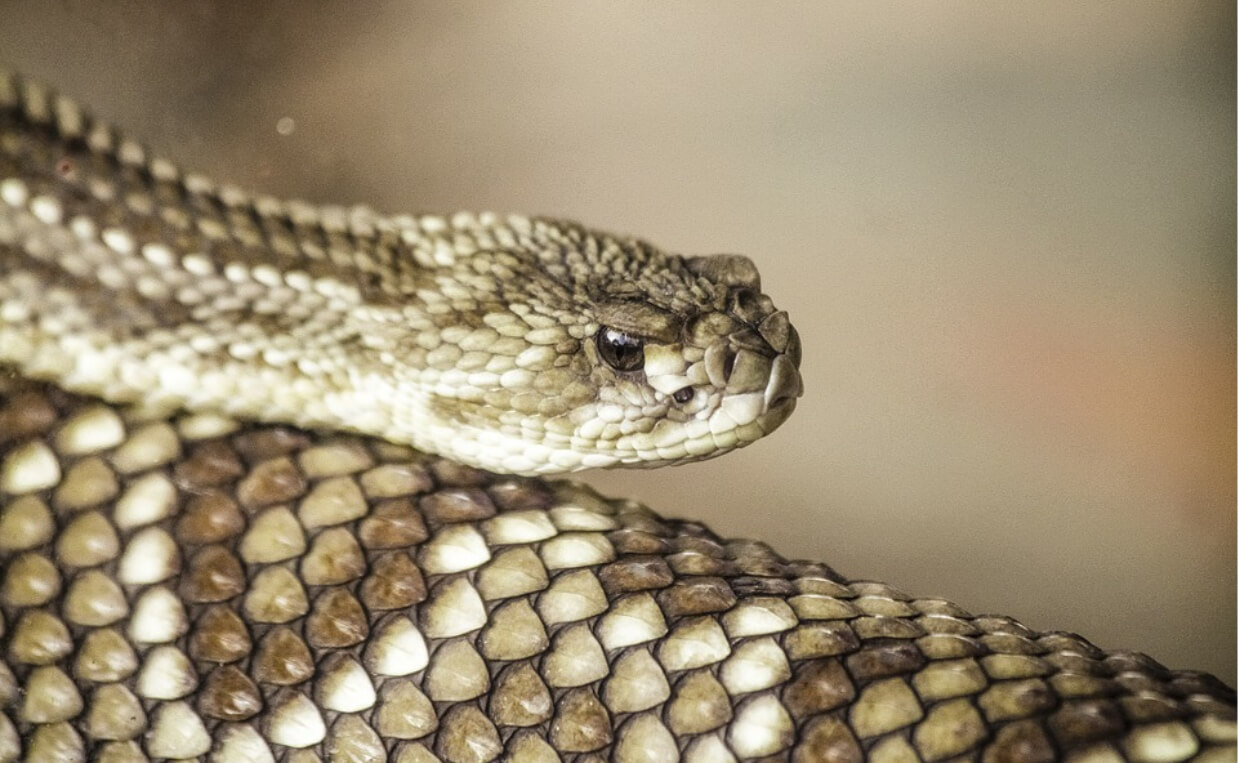
Here are some common signs of a snake bite in a dog:
-
Sudden pain
If your dog has been bitten by a snake, they may experience sudden pain at the site of the bite. This can cause your dog to yelp, whine, or cry out in pain.
-
Swelling
Snake venom can cause swelling at the site of the bite, which can quickly spread to other areas of the body. You may notice swelling around your dog’s face, neck, or legs.
-
Bleeding
A snake bite can cause bleeding at the site of the bite or from the nose, mouth, or other areas of the body.
-
Lethargy
If your dog has been bitten by a snake, they may become lethargic and have difficulty moving around. They may also appear weak or disoriented.
-
Difficulty breathing
Snake venom can cause respiratory distress, which can make it difficult for your dog to breathe. You may notice your dog panting heavily or gasping for air.
-
Vomiting or diarrhea
Snake bites can cause gastrointestinal upset, which can result in vomiting or diarrhea.
-
Changes in behavior
If your dog has been bitten by a snake, they may exhibit changes in behavior, such as restlessness, agitation, or aggression.
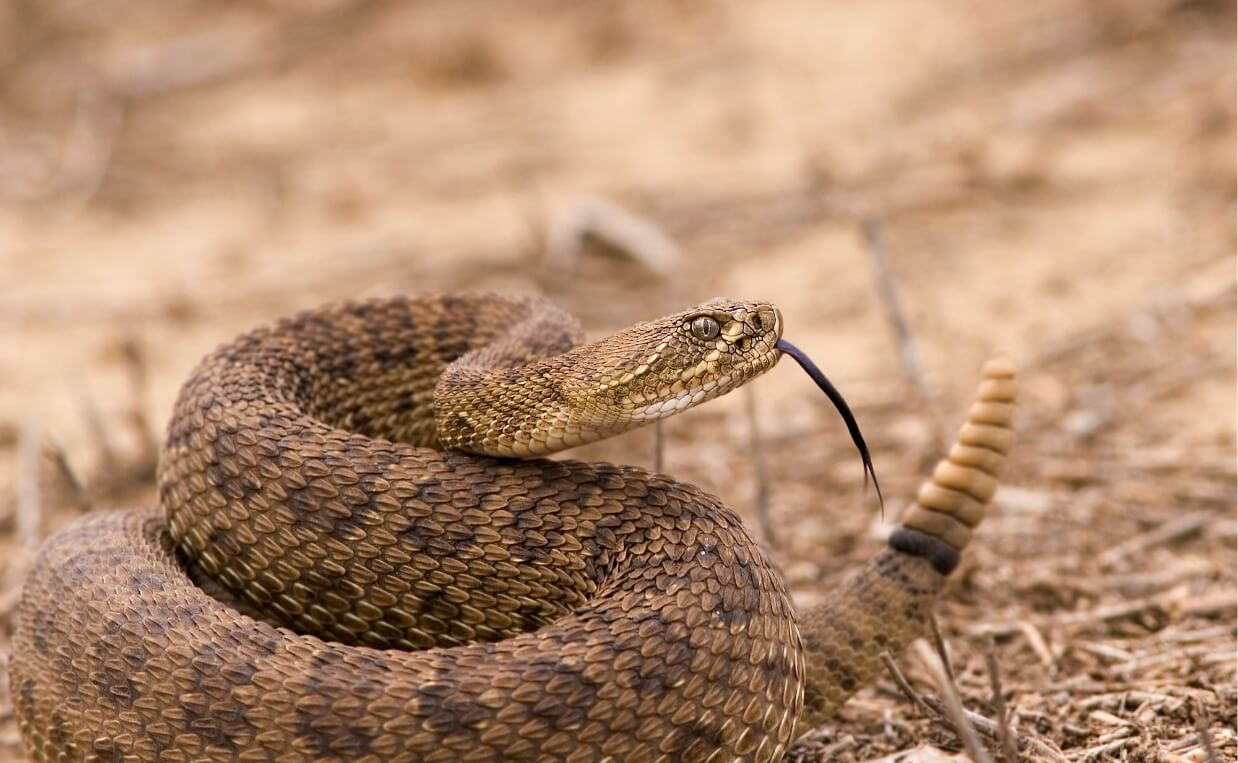
If you suspect that your dog has been bitten by a snake, it’s important to seek immediate veterinary care. Snake bites can be life-threatening, and prompt treatment is essential to give your dog the best chance of recovery.
Have you ever seen a rattlesnake while out hiking with your dog? What happened? Please share your experience below in the comments…

 How to Keep Your Dog Cool and Safe During Hot Weather
How to Keep Your Dog Cool and Safe During Hot Weather 16 Compelling Reasons to Keep Your Dog on a Leash (Even If You Think They are Trustworthy)
16 Compelling Reasons to Keep Your Dog on a Leash (Even If You Think They are Trustworthy) Xylitol Poisoning in Dogs
Xylitol Poisoning in Dogs Essentials to Pack When Boarding Your Dog
Essentials to Pack When Boarding Your Dog Should You Get Your Dog Microchipped?
Should You Get Your Dog Microchipped?






Leave a Reply